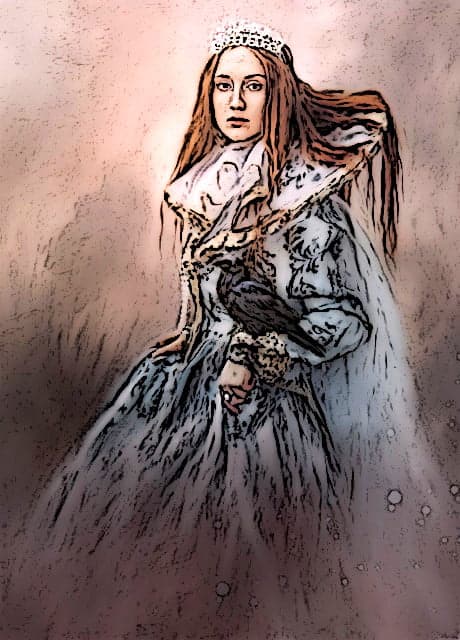During the medieval times, various medieval queens of note left their mark on history.
During the early medieval times, there was hardly any well-established kingdom in Europe after the collapse of the Roman Empire. Due to this reason, we rarely find any examples of medieval queens during the early medieval period.
However, during the high and late medieval periods, various queens exerted noteworthy influence on the affairs of the kingdom and some of them even ruled the kingdoms.


A medieval queen was, more often than not, delegated important official and semi-official duties by the king. For instance, sometimes the Queen would spread gossip on the behalf of the king or ignite conflict with her sayings or actions.
Being in the inner circle of the king’s trusted people, a medieval queen often had access to all the secrets of the kingdom and it was her duty to safeguard them.
An important duty that is considered preposterous by today’s standards was to bear a male heir, without whom a medieval queen would lose her importance.
The education of a medieval queen was generally carried out on the royal premises. She was educated in important disciplines such as history, geography, and literature.
The study of faith and prayers was also an important part of a medieval queen’s education. She was generally better-educated than nobility and the common people.
When not indulged in the affairs of the state or charity, the medieval queen could spend her leisure time in various ways. One way was to spend it was gossiping with other ladies from the nobility.
She could discuss dresses or any other subject of common interest. The medieval queen could spend her leisure time sewing or reading as well. She could also spend time in the garden alone or with other ladies.
During the early medieval times, the clothing of a medieval queen would be heavily inspired by ancient Greece and Rome. For instance, a popular style was using two tunics with a belt around the waist and closed-toe shoes.
During the late medieval times, floor-length hemlines and jewels became important accessories for a medieval queen’s clothing.
Dresses or tunics generally went up to the neck and it was not uncommon to cover the head as well.
During medieval times, the status of a medieval queen was important in that she was considered one of the closest confidants of the king. As such, a medieval queen had access to all the secrets of the kingdom and exerted her influence to safeguard the interests of the king.
Her free time would generally be spent in the company of other ladies and maids.